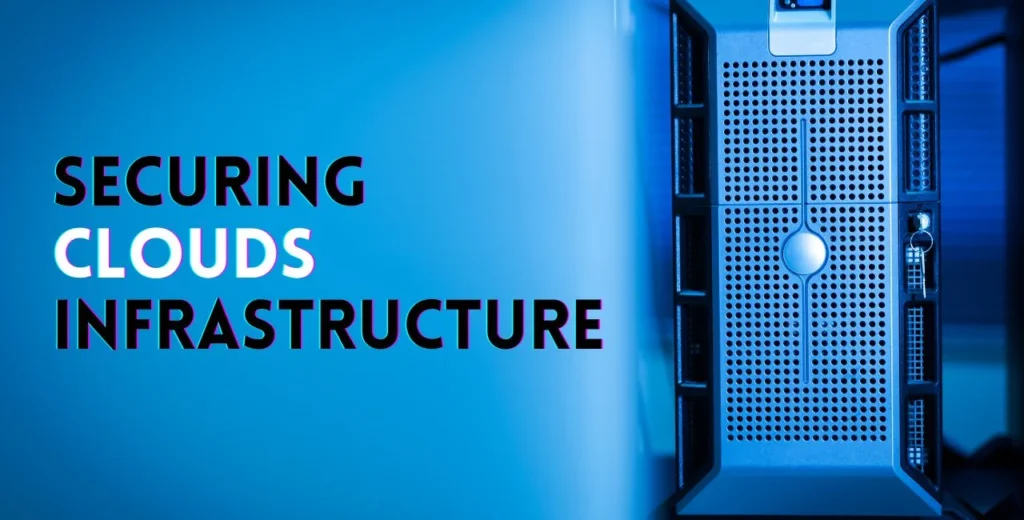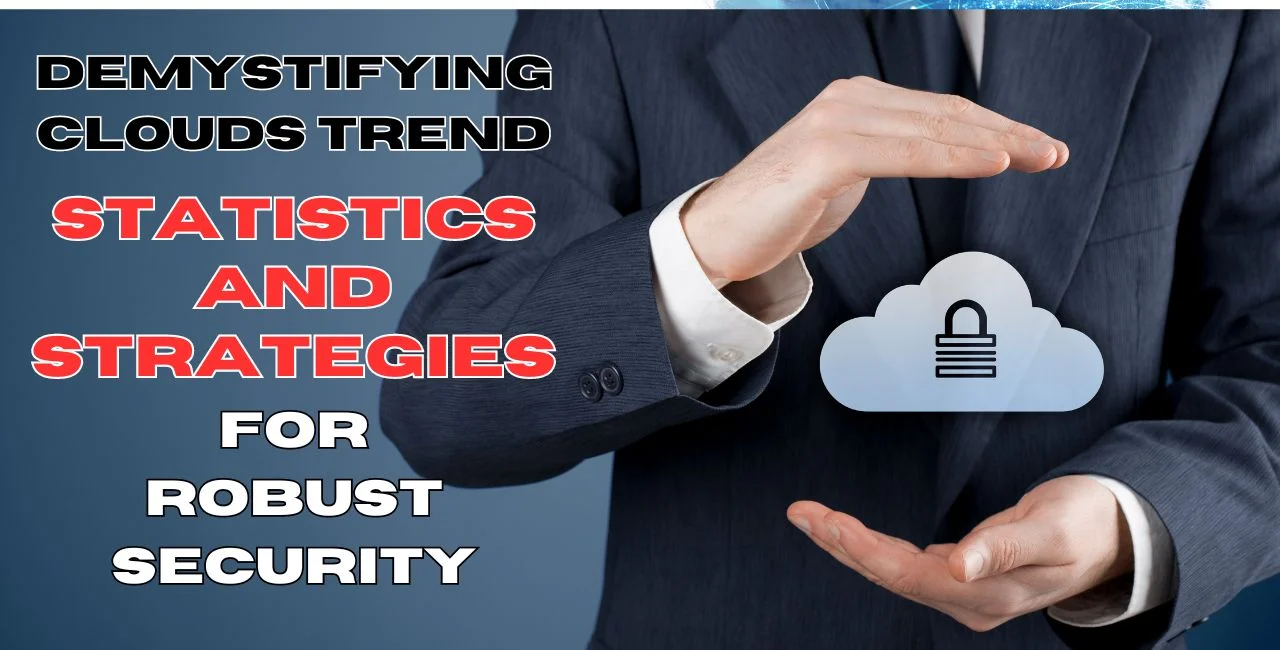As businesses grow, they become more dependent on the Demystifying Clouds Trend for their daily activities. However, at this moment, we must maintain the cloud security strategy to tackle any online fraud. As technology increases, the rate and amount of cyber attacks also increases to a great extent. In such situations, we have to find the best solutions to save our confidential information from cyber-criminals. If we want our data to remain safe and secure, we can save it in the Cloud. However, robust securities strategies help businesses leverage confidential data without compromising its safety. Whether you have a small business or a big fat company, with the help of this guide, you can gain valuable insight regarding Cloud security. Moreover, in this article, we will talk about cyber security, its strategies, etc.
Also Read:- The Technology Powering Trading Signals in the Binary Options | Connecting the Dots
Critical Concerns in Cloud Security
If you’re a businessman, then the first concern that comes to your mind is how you can secure the data in the Cloud. One of the utmost concerns is data privacy and security. The organization must convert its data into an encrypted mode so that we can prevent interference from some unusual cyber crimes in our system. This will also avoid the unofficial access of another person to your system. With the help of the data, we can look after and control who’s entering our system so that we can respond immediately to unusual activities.
One more concern of Cloud is how to secure the cloud infrastructure. The Cloud provides a wide range of security measures to its customers. Still, the businesses must understand these features to take appropriate steps to prevent hindrance in the data. However, some of the features of Cloud security are intrusion detection systems, firewalls, regular vulnerability assessment, etc. Identify and access management is one more concern which arises while Cloud security. If you’re a cloud user, you must acquire a robust authentication mechanism so we can identify them quickly. Some features can reduce unauthorized access, such as role-based access control, multi-factor authentication, regular access review, etc.
Data privacy and protection in the Cloud Data privacy and protection are essential parts of why demystifying is necessary in the Cloud. If you’re using Cloud security, you should ensure the data is secured so that we can control how and by whom data should be used. However, encryption is vital in this process to ensure the data is stored in cloud security.
Encryption is a process in which we convert the data into a language we can only decide on. With the help of Encrypted data, we can ensure that our data remains safe and secure from any outer interference. This is one of the most beneficial ways to protect our data from falling into predatory steps. With the help of Clouds, we can enjoy various encryption services that can protect us from any unusual threats. Still, it is advised that one should encrypt data to provide dual protection to the data before uploading it.
Securing Clouds Infrastructure

If anyone wants to protect against potential threats and vulnerabilities, you should secure cloud security. The Cloud consultant provides their users with a wide range of security features, but businesses must look after the essential steps for data security. One of the most common ways to secure the data is by implementing a robust Firewall. Firewalls are applications that are a barrier between the cloud environment and the internet. Moreover, it helps in incoming and outgoing network traffic. With the help of a Firewall, businesses can limit the risk of unusual hindrances and data breaches caused by unofficial access.
One more security measure is IDPS (Intrusion detection and prevention system), with the help of this system we can monitor the unusual moments and it can also detect breaches. We can identify and use the necessary traffic patterns against cyber attacks. The best part is that the IDPS can detect the threats quickly.
To identify any defect in the Cloud infrastructure, you should look for Regular vulnerability assessment and insight testing. If any business regularly identifies the vulnerabilities in the system, then one can take appropriate measures to protect them from any threat.
Identify and Access Management in The Cloud.
Identifying and managing access is one of the most important parts of demystifying cloud security, as it ensures that only some authorized individuals can access the system. With the help of a robust identification system, we can easily control who should interrupt our data and who should not. Moreover, we can even stop unauthorized access through this as well.
However, multi-factor authentication is one of the most beneficial and widely used methods to ensure the privacy of the Cloud. MFA helps provide multi-authentication factors such as biometric data, one-time passwords, etc.; in this way, we can protect the data from theft due to using the same password. This method can provide another layer of protection to our data.
Another widely used method for protecting IAM is RBAC (Role-based Access Control), in which only the recognized individuals of the organization can enter into the system. Suppose we provide the privilege to the people considered to be known and essential for our organization. In that case, we will likely reduce the chances of authorized interference in our system. If you still want to protect your data, you can even perform the Regular Access Review, in which you can only provide the required access data. Otherwise, all the data should be kept encrypted and safe so that we can protect it from inside threats.
Also Read:- The Power of @ngrx/signalstore | Frances Tiafoe Wife Cancer
Cloud Security Solutions and Best Practices
There are some solutions and best practices that an individual or organization can use to protect the security of the Cloud. However, here is a brief description of these practices.
Data Backup and Disaster Recovery
In this solution, you have to regularly back up your data and make disaster management so that we can recover data during system failure or data loss.
Data Classification
Data classification is necessary as you can only understand the vulnerability and sensitivity of the data. Moreover, this will help you in taking the security control.
Patch Management
With the help of cloud applications and infrastructure, we can easily understand the vulnerabilities that can occur in the system.
Cloud Security Tools and Technologies
Cloud security provides a wide range of tools and technologies to their users so that they can improve their experience. However, some of the cloud security tools and technologies are:
Clouds Access Security Brokers (CASBs)
CASBs are a great application that acts as a connection between the users and the cloud management. It also provides unique security measures to our system. They provide essential services like enforcing security policies, providing visibility, monitoring the user’s practices, etc.
Encryption Solution
An encryption solution helps transmit data into an encrypted mode easily understood with its decoding key. It helps keep the data at rest and even in transit. The encryption solution ensures that data should be encrypted so that it remains useless to others unless decoded.
Data Loss Prevention Solution
Data loss is one of the most horrible things to our system. So, with the help of a Data loss prevention solution, we can control and monitor data movement in cloud management. We can protect the sensitive data by blocking and detecting unauthorized interference.
Conclusion: Demystifying Clouds Trend
If we conclude that the statistics and strategies of the Cloud are robust, then we should know that keeping our data safe and secure is essential. With the help of the information given above, we can easily understand Cloud and how it works. A wide range of strategies is available for users, and you can choose from them according to the mode of organization. Moreover, it also provides critical components like access control, audit, strategic planning, etc.
